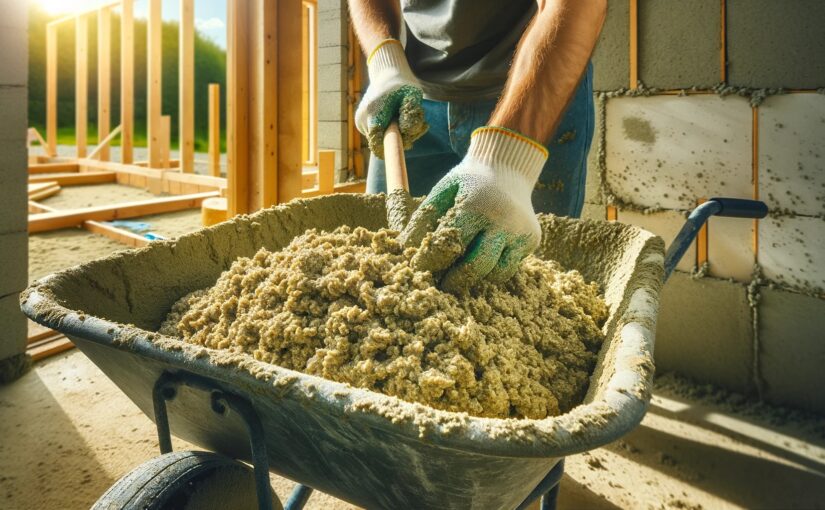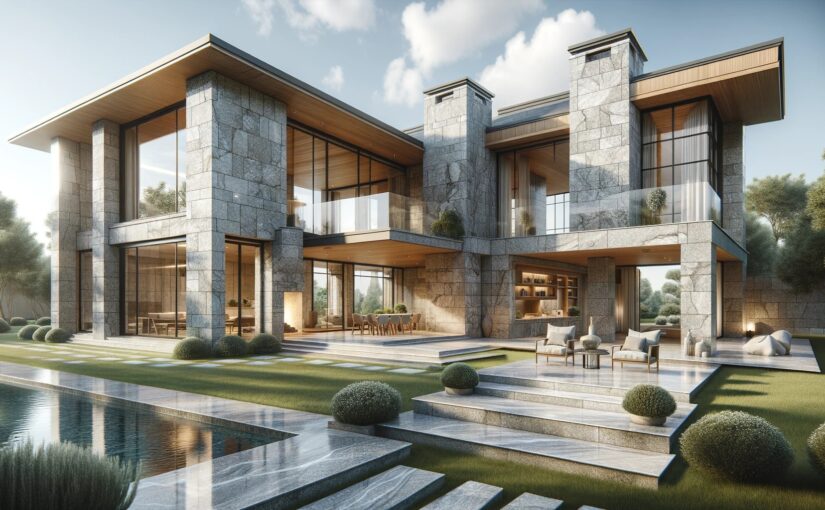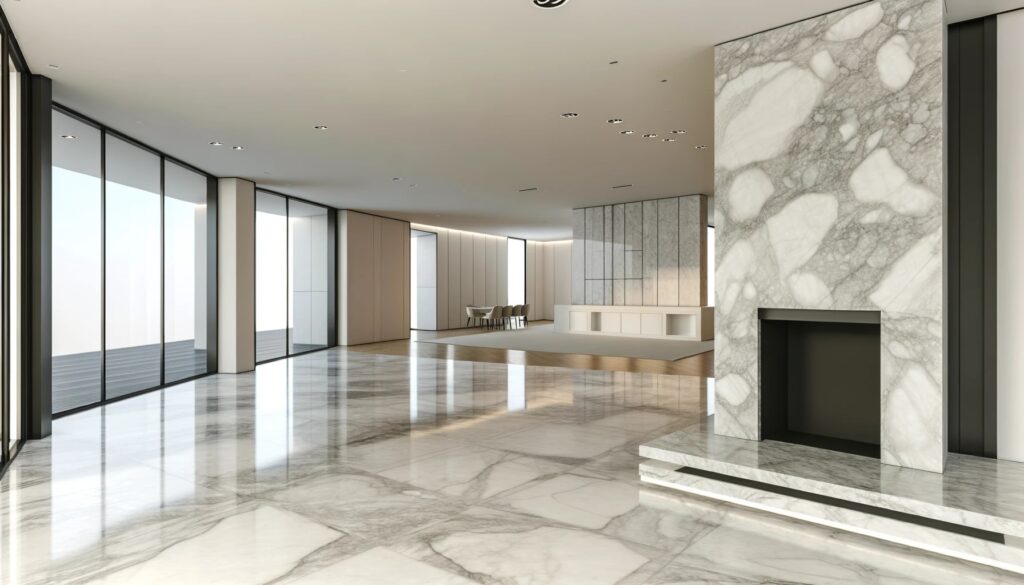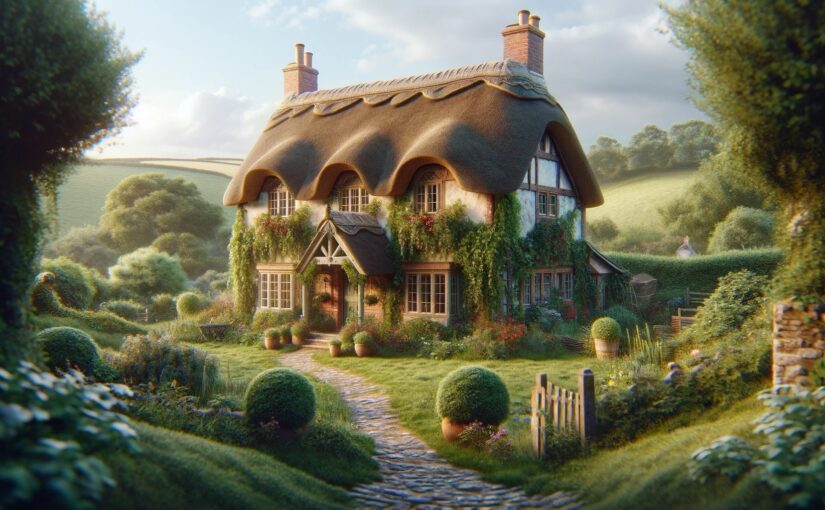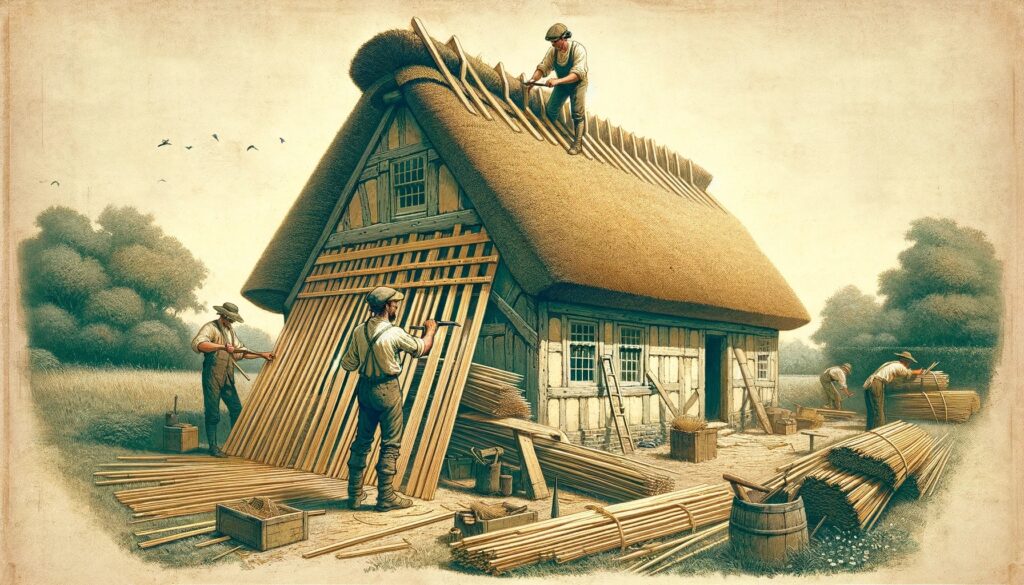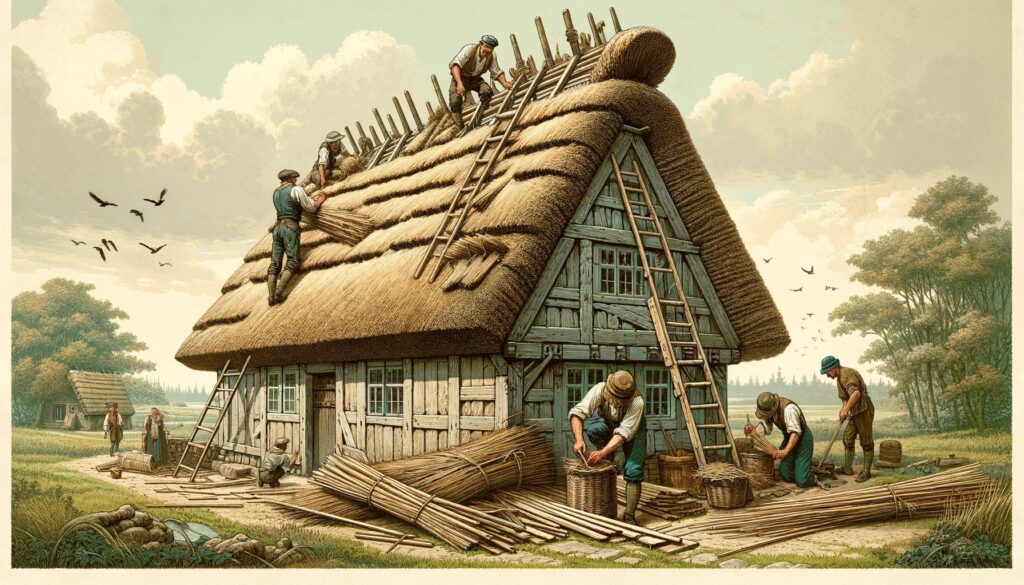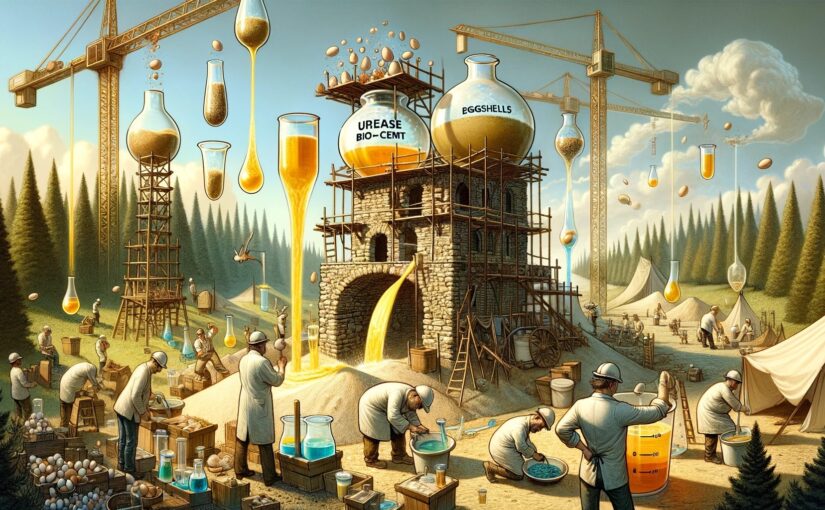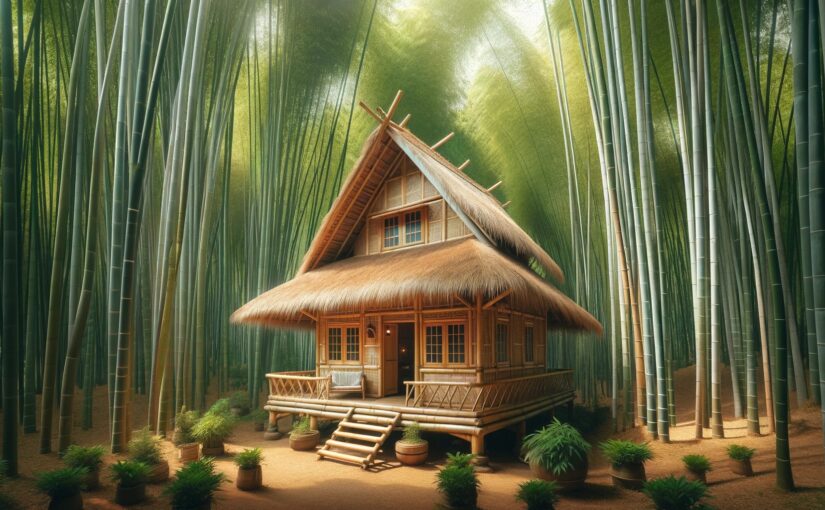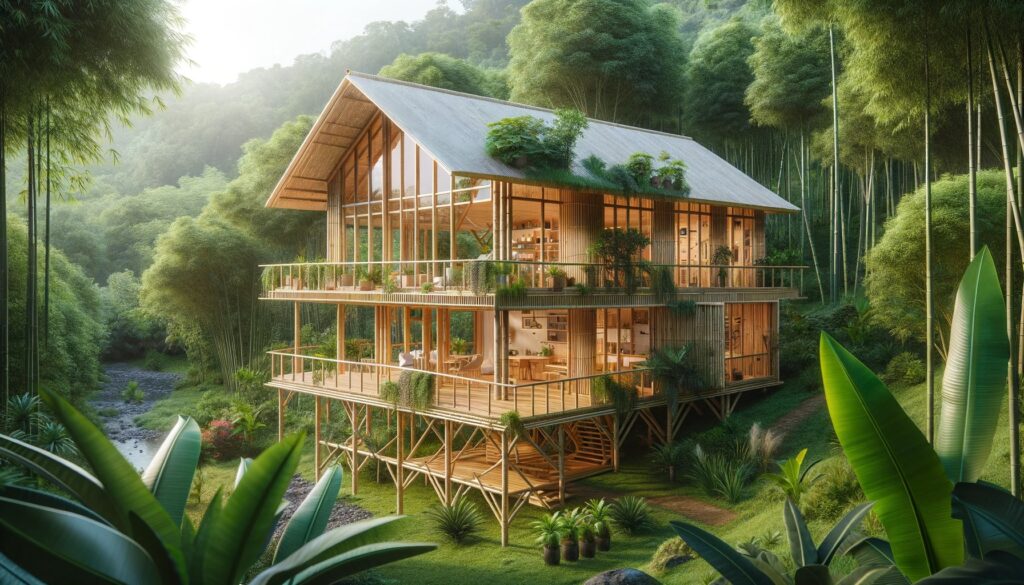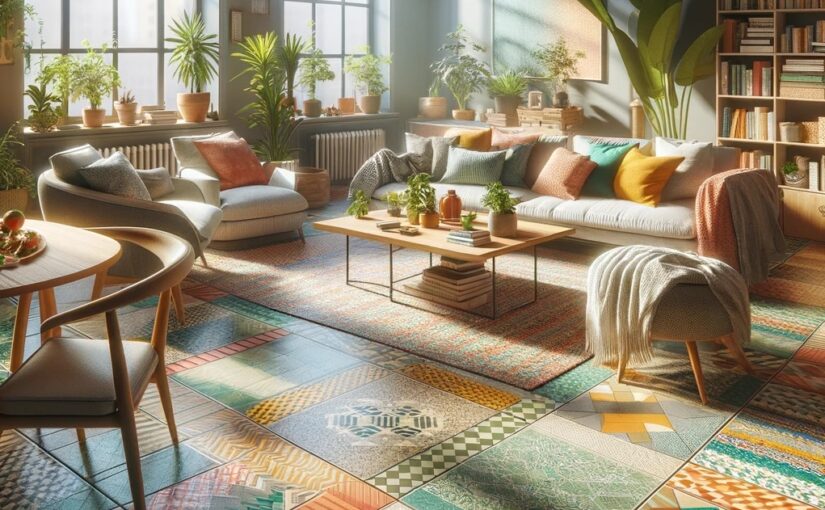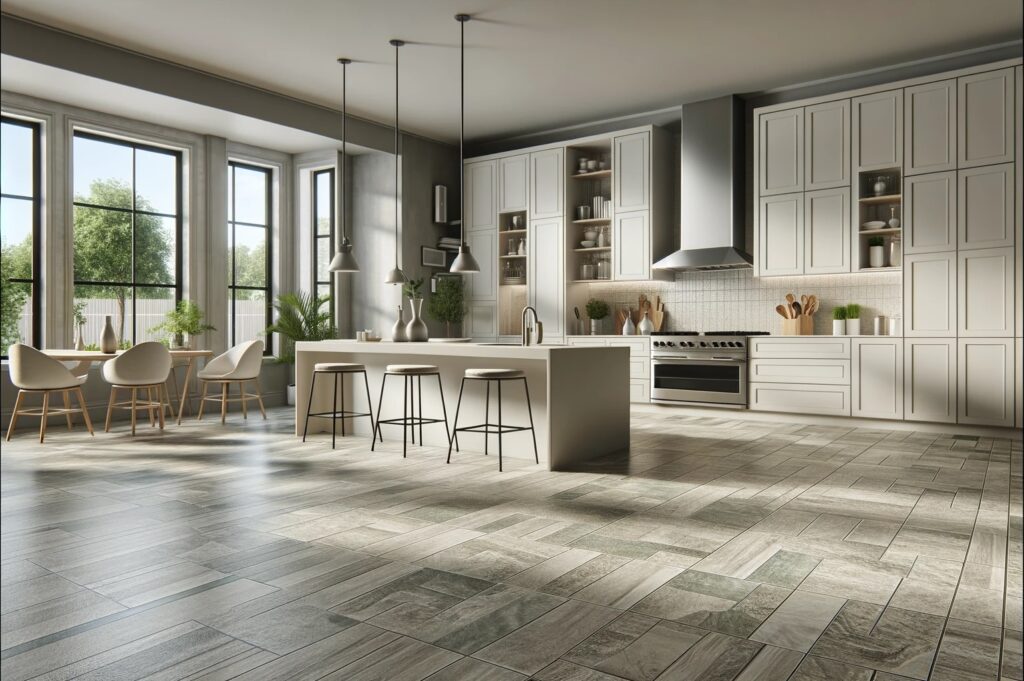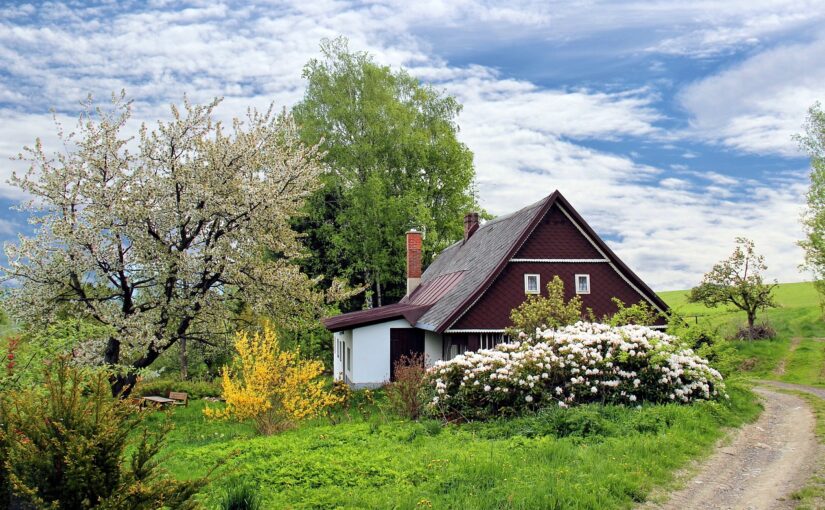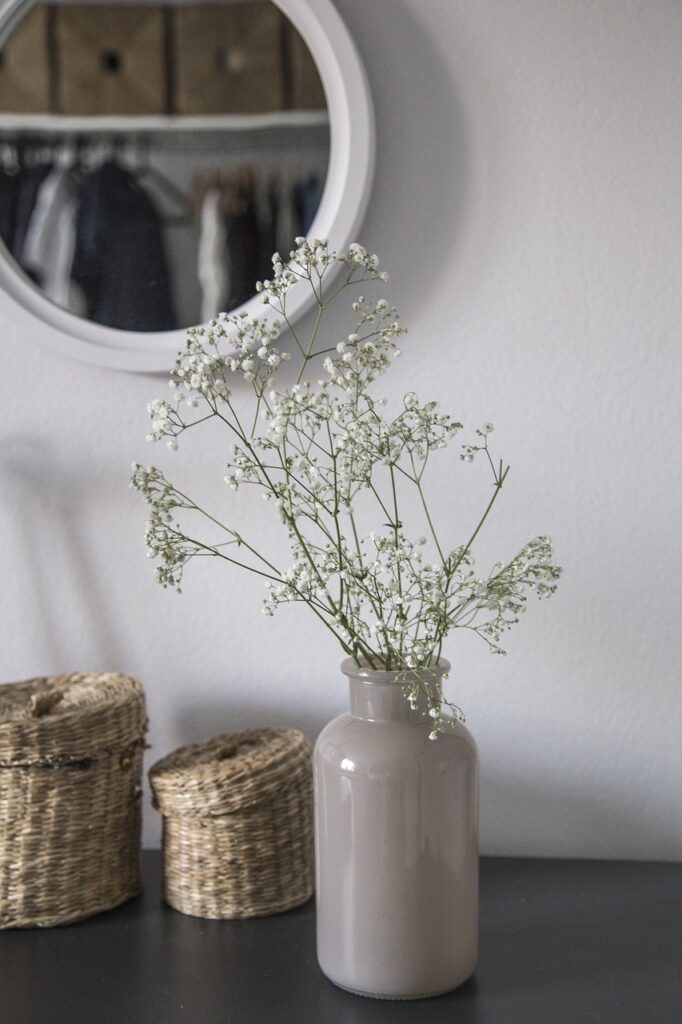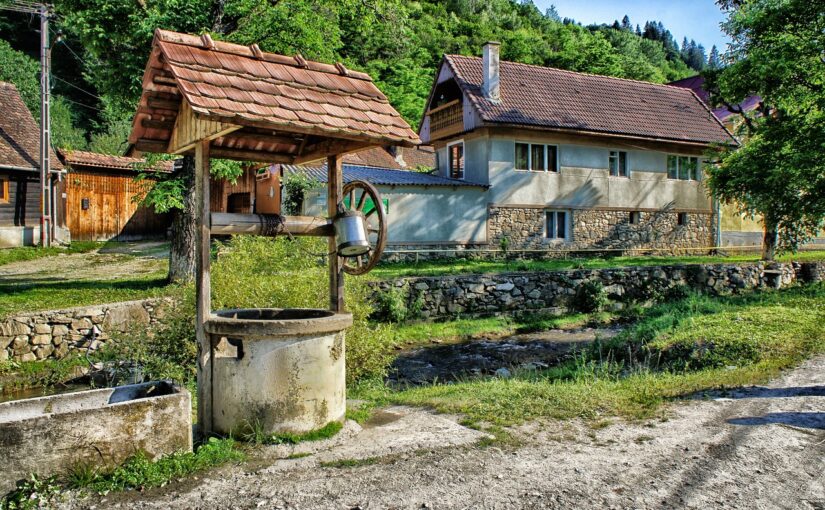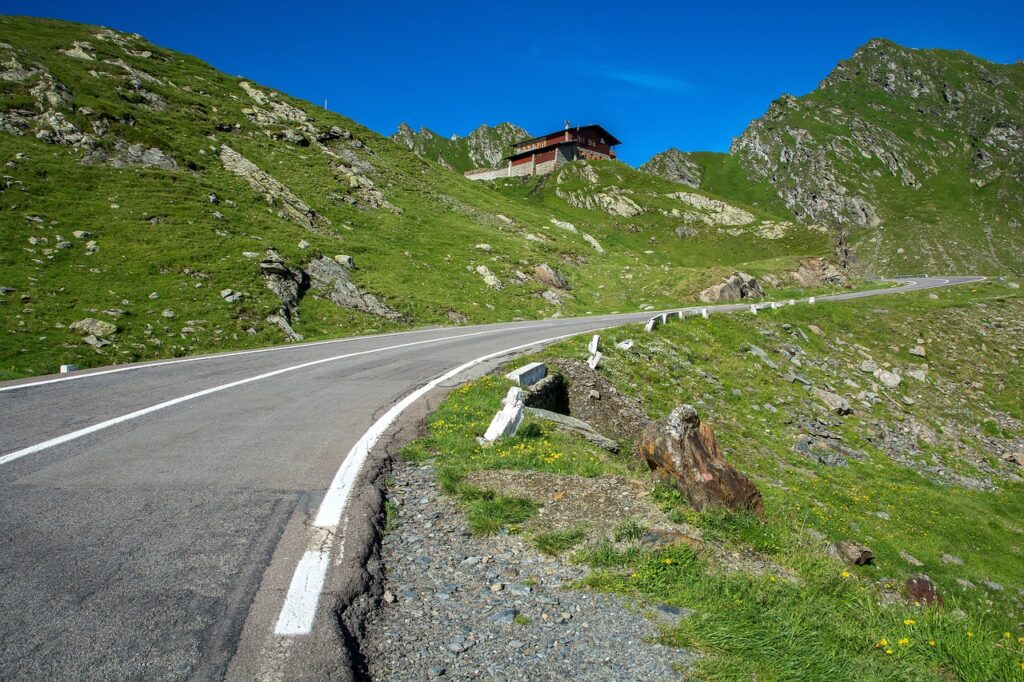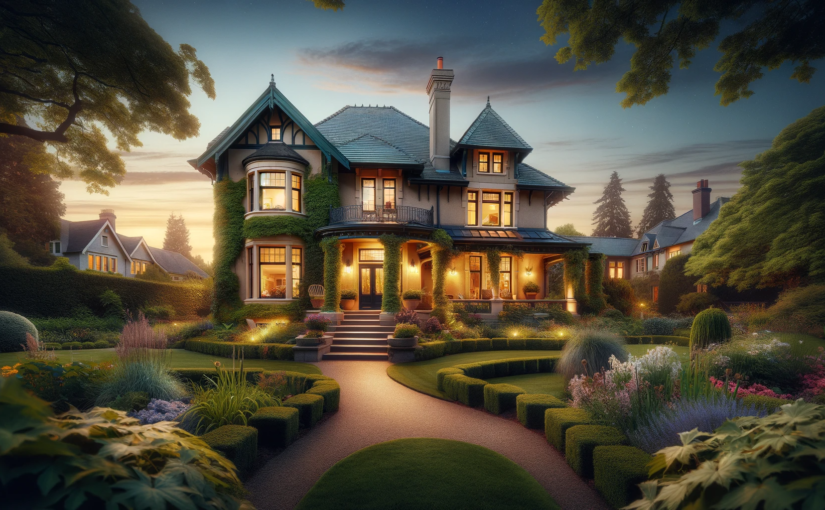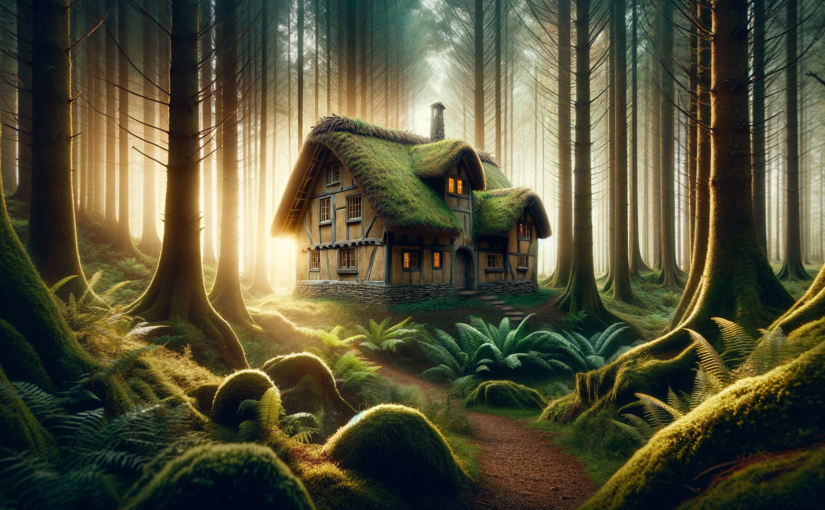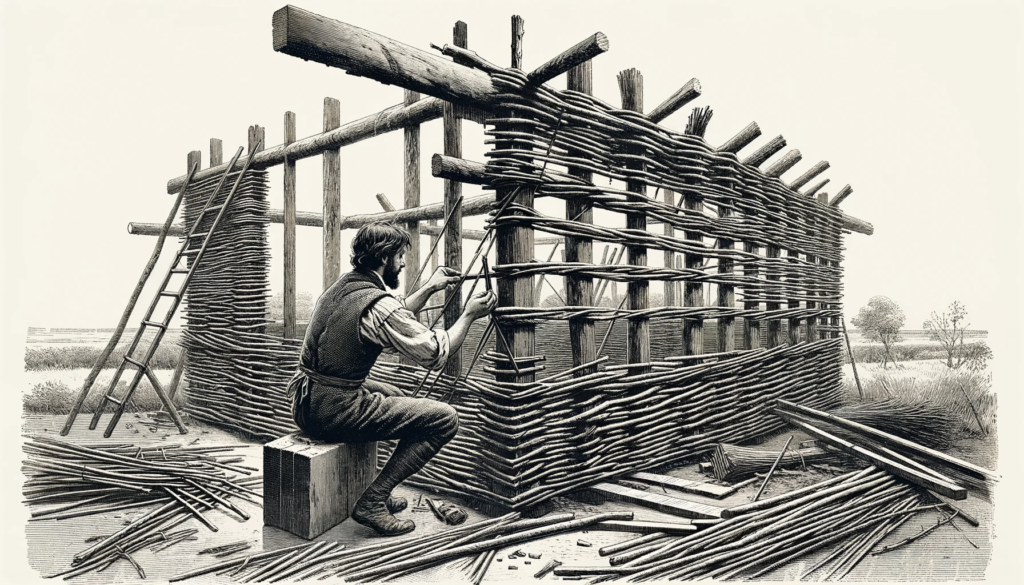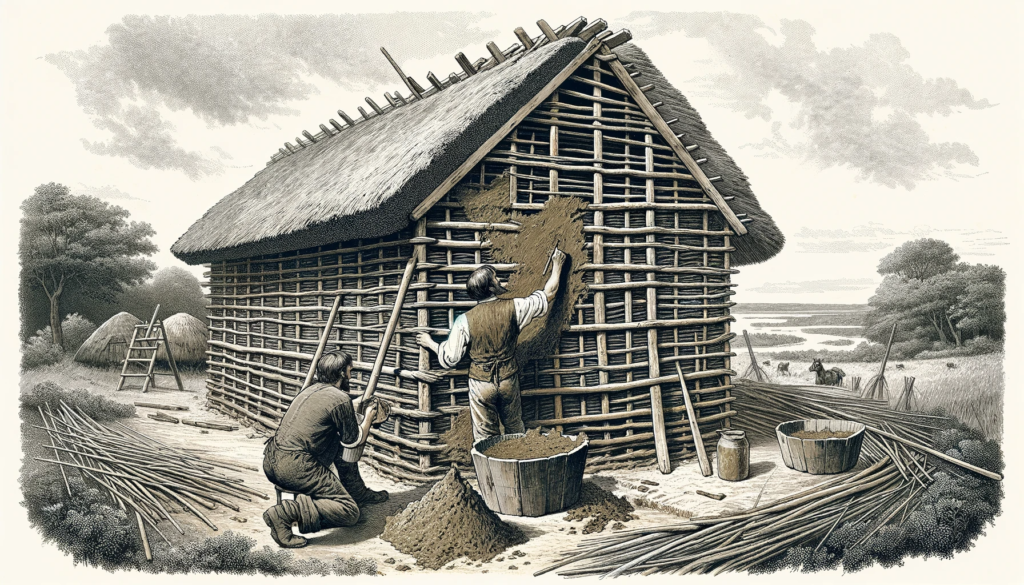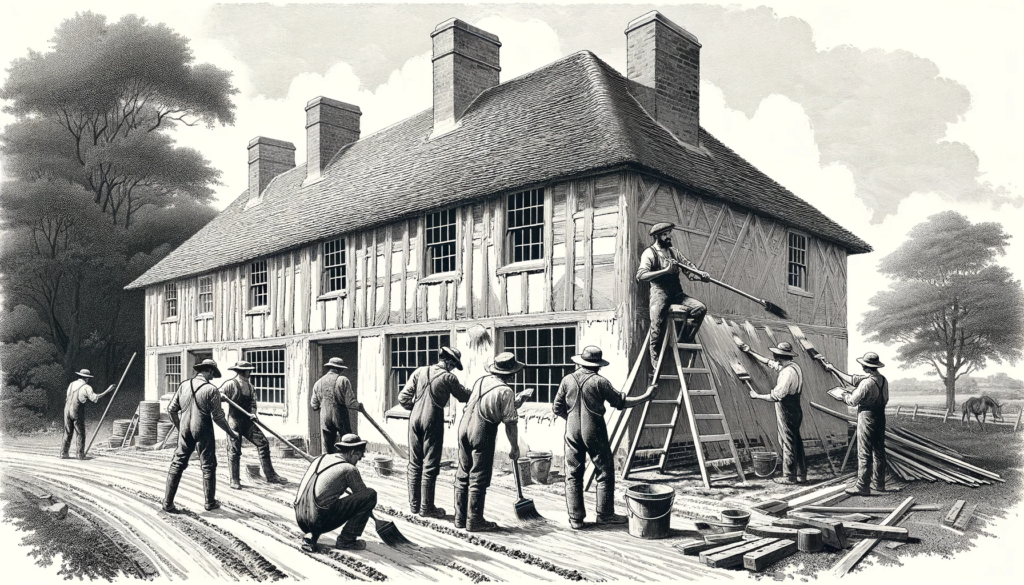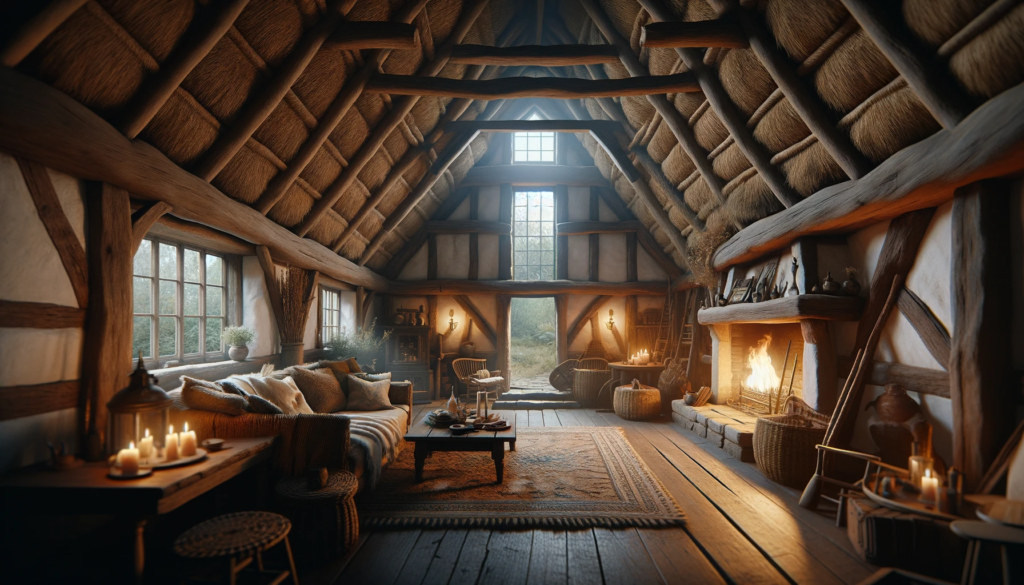Ever heard of hempcrete? It’s a material that not only keeps your home snug and comfy but also makes Mother Earth happy.
What on Earth is Hempcrete?
Yes, hempcrete is an eco-friendly building material that combines hemp fibers with lime-based binders to create a lightweight insulating material. It doesn’t actually contain concrete but gets its name because it serves a similar purpose in providing building insulation. The primary components of hempcrete are the woody inner fibers of the hemp plant (hemp hurds), water, and a lime-based binder. This mixture is then cast around traditional timber frames, in blocks, or as pre-formed panels to construct walls and insulation systems.
History of Hempcrete
Hempcrete is often thought of as a modern, innovative material, especially in the context of sustainable and eco-friendly building practices that have gained prominence in recent years. However, you can trace its roots back much further. The use of hemp in construction is not a recent development; it has been used in various forms for thousands of years. Even so, it could be listed under old construction materials, the modern concept of hempcrete, as we understand it today, began gaining popularity in the late 20th century.
The resurgence of interest in hempcrete can be attributed to its environmental benefits, such as its role in carbon sequestration, its renewable nature, and its contribution to healthier living environments due to its breathability and moisture regulation. Its application in contemporary construction, particularly in Europe, started to pick up in the 1980s and 1990s as builders and architects searched for more sustainable building materials. France has been at the forefront of this resurgence, pioneering modern hempcrete construction techniques and applications.
Despite its ancient roots, the widespread industrial use of hempcrete is relatively recent. It is spurred on by growing environmental concerns and the search for sustainable building materials. As hemp cultivation becomes more widely legalized and accepted around the world, the popularity and usage of it are expected to continue growing, especially among those looking to reduce their carbon footprint and construct energy-efficient, eco-friendly buildings.
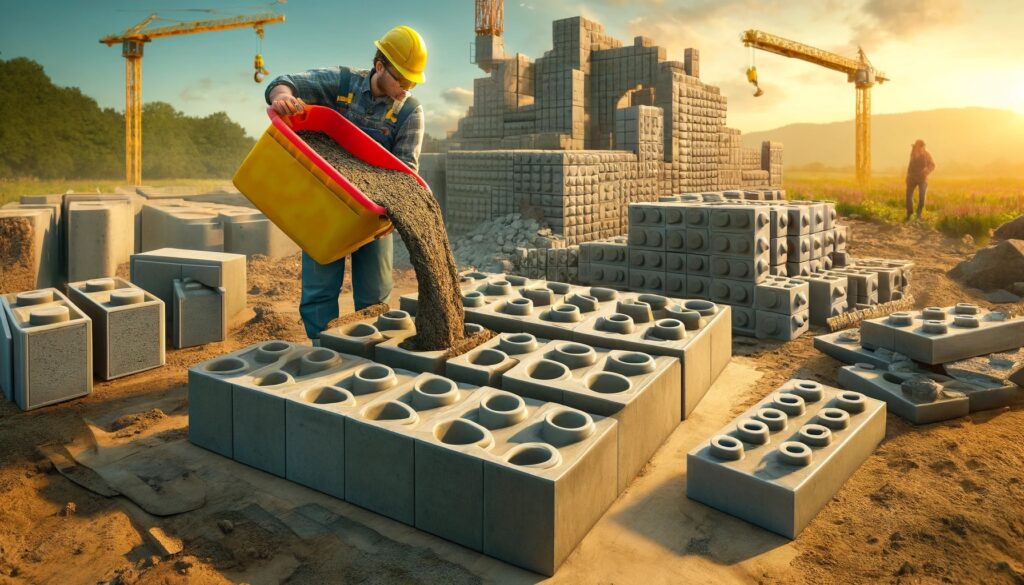
Why You’ll Love Hempcrete
Hempcrete is like that friend who’s always chill, no matter what. It’s got superpowers when it comes to insulation, keeping your home warm in the winter and cool in the summer. Plus, it breathes, regulating humidity and making your indoor air quality top-notch.
But wait, there’s more! Hempcrete is kind to the planet. It’s made from hemp, which grows like a weed (literally), absorbing carbon dioxide as it goes. When you use it in your build, you’re actually locking away that CO2, making your home a mini carbon vault. Cool, right?
Pros of Hempcrete:
- Eco-Friendly: It’s green and clean.
- Insulating Superpowers: Say goodbye to shivering in your slippers.
- Breathable: Keeps air fresher than a pine forest.
- Fire Resistant: Like having a tiny firefighter in your walls.
- Pest Resistant: Bugs and rodents hate it.
Cons of Hempcrete:
- Strength: Don’t expect it to hold up your roof. It’s not a bodybuilder.
- Drying Time: Patience, young grasshopper. It takes a while to dry.
- Availability: You might have to play detective to find suppliers.
DIY Recipe: Make Your Own
Feeling crafty? Here’s a simple recipe to whip up your own batch of hempcrete:
- Ingredients: You’ll need hemp hurds (the woody bits of the hemp plant), a lime-based binder, and water. It’s like baking a cake but for your house.
- Mix It Up: Aim for a ratio of about 1 part lime to 1.5 parts hemp hurds. Add water until you get a consistency that’s workable but not too wet. Think oatmeal, not soup.
- Mold It: Pour it into forms or mold it around your frame. Get creative!
- Let It Set: Hempcrete takes its sweet time to dry, so grab a cup of tea and a good book. You’ve earned it!
Conclusion
Hempcrete isn’t just a building material; it’s a statement. A declaration that says, “Hey, I care about the planet and I’m not afraid to show it.” Whether you’re a seasoned builder or a weekend warrior, consider giving it a whirl on your next project. Let’s build a greener world, one hempcrete block at a time!
You might also be interested in The Essential Guide to Pest Damage Prevention at Home.
